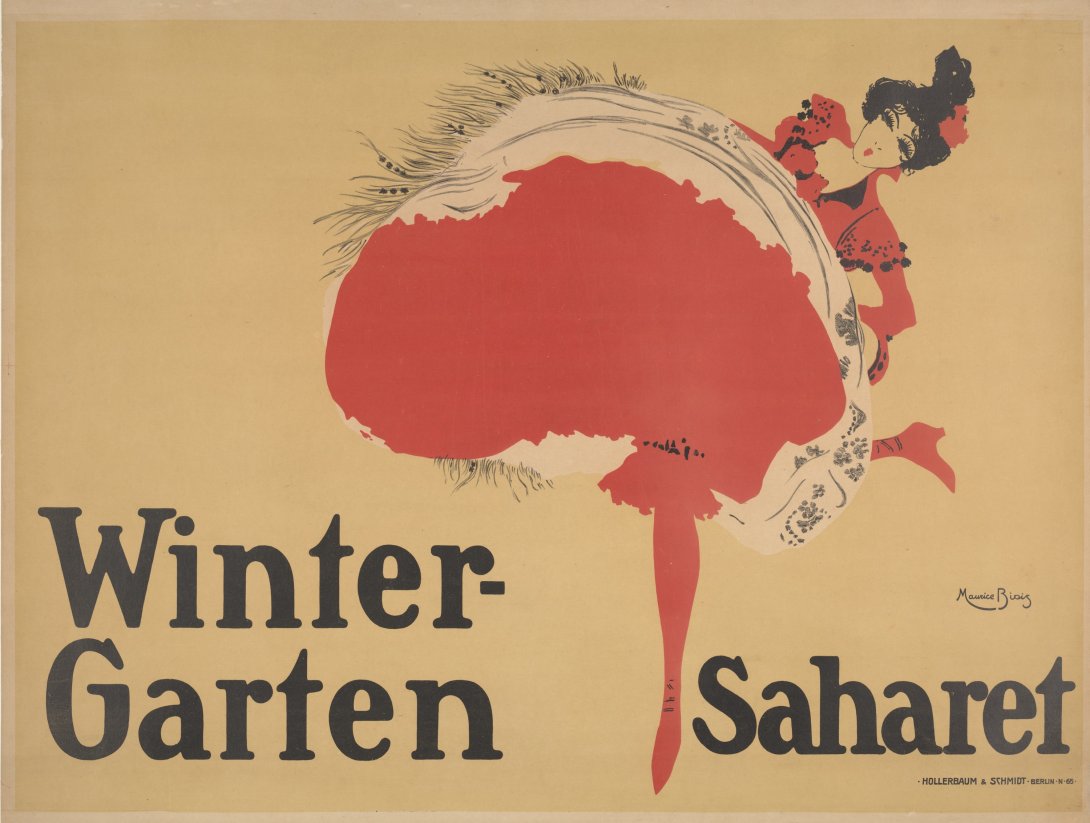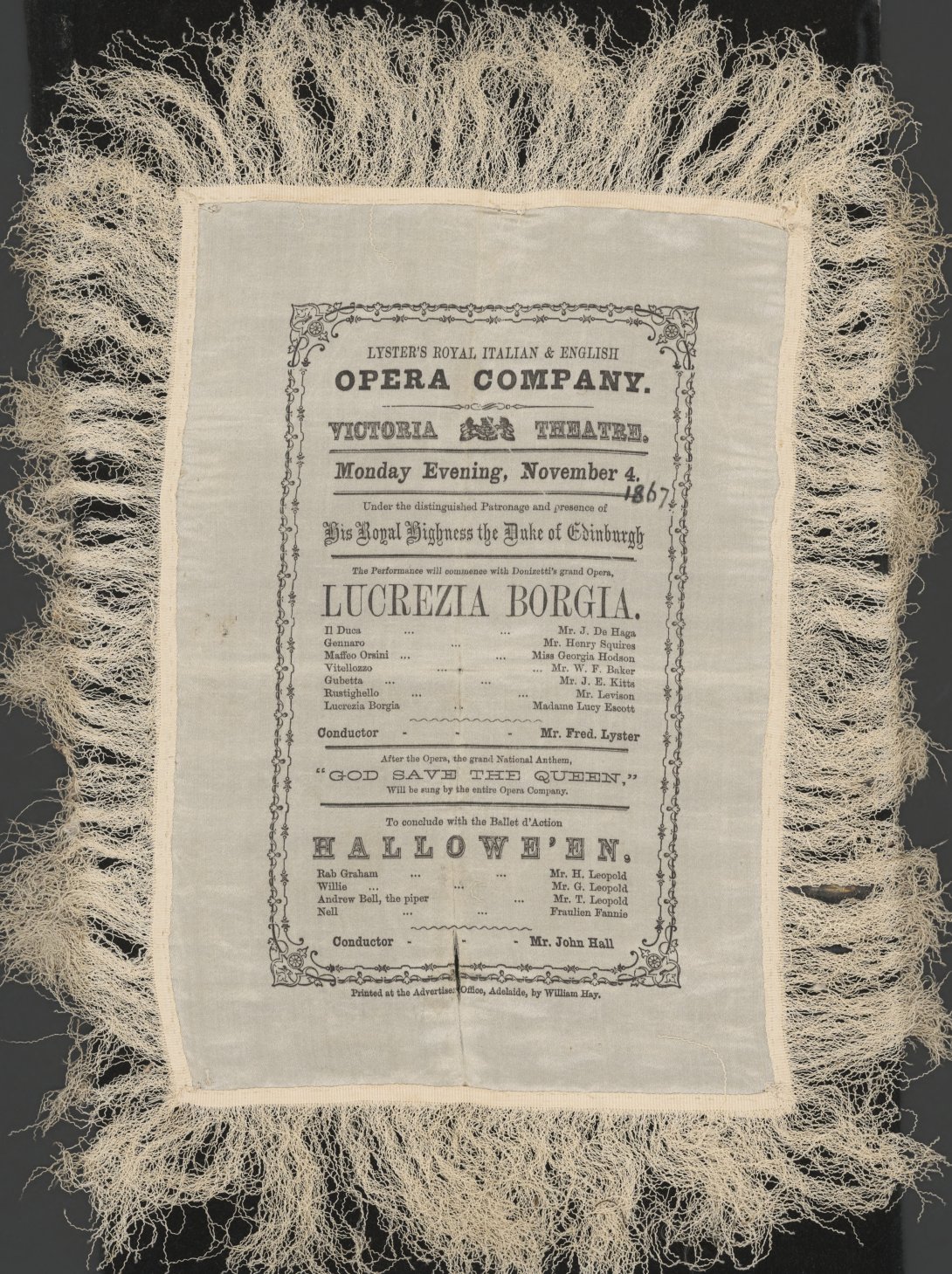
The Gold Rush of the 1850s lured many to the Australian colonies. More people and money meant a greater need for entertainment. Overseas performers took advantage of this ready audience. New theatres were built. Travelling actors such as George Coppin became entrepreneurs, building empires that inspired successors such as Bland Holt, George Musgrove and J.C. Williamson.
American J.C. Williamson (1845–1913) and his wife, actor Maggie Moore, arrived in Australia in 1874 with a production called Struck Oil.
Actors, stars and entrepreneurs were often female, as shown by the women featured here: Lady Emilia Don and Sarah Bernhardt, the dancer known as Saharet and banjo player Elizabeth 'Bessie' Campbell.
Irishman William Saurin Lyster established what became Australia's first resident opera company. It introduced a broad range of Australians to a regular program of grand opera. Though based in Melbourne, the company toured around Australia and New Zealand. In the 1860s, for example, it performed 42 full-length operas. The company dispersed after Lyster died in 1880. It would be 80 years before Australia had another permanent opera company.
